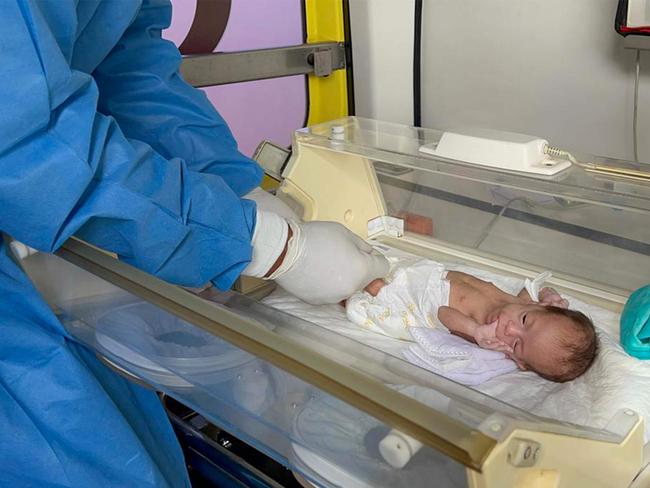University of Sydney study shows delaying umbilical cord clamping improves premature infant mortality rate
Studies from the University of Sydney shine a new hope on combating premature infant mortality rate.

Two studies from the University of Sydney have shown that delaying umbilical cord clamping could decrease the death in premature babies by more than half.
Research into infant mortality highlights that almost 13 million babies are born prematurely, with close to one million dying shortly after birth.
By delaying the clamping of the umbilical cord, this allows blood to flow from the placenta to the baby as its lungs fill with air. It’s thought to help a newborn ease the transition to breathing.
The findings follow more than a decade of research into the subject, with study lead Anna Lene Seidler saying it was a large global collaborative effort.
“Researchers around the world started running their own studies. They started trying all of these different things (such as) what we can do with the umbilical cord when a baby is born prematurely,” Dr Seidler said. “And it’s great to see all of this research happening but all of them were too small to see what was going on.
“So we saw all of this happening and we saw this great opportunity to bring all of these researchers together, and for them to work together and ultimately answer the question how can we improve the survival rate of preterm babies.”

More than 100 international researchers on the subject of umbilical cord management shared their original data with Dr Seidler and her team. From there, they analysed the data and included a large Australian Placental Transfusion Study out of the University of Sydney.
“Our new findings are the best evidence to date that waiting to clamp the umbilical cord can help save the lives of some premature babies,” Dr Seidler said.
“We are already working with international guideline developers to make sure these results are reflected in updated guidelines and clinical practice in the near future.”
While the practice is still in its early stages, the study has shown that for premature babies that don’t require resuscitation at birth, the Australian and New Zealand Committee on Resuscitation does suggest delaying umbilical cord clamping for at 30 seconds.

This database became one of the largest in this field of research, with more than 60 studies and included more than 9000 babies.
Data from the first paper showed that from 3292 infants there was a reduction in the risk of death by a third compared to those that were clamped immediately after birth.
A subgroup of premature babies born before 32 weeks of pregnancy showed 44.9 per cent experienced hypothermia after birth from immediate cord clamping, compared to the 51.2 per cent whose cords were delayed.
Data from a second paper that looked into 47 clinical trials that involved 6094 infants showed that waiting two minutes before cord clamping of a premature baby may reduce the risk of death.
Between the two different timings, it’s shown waiting for two or minutes had a 91 per cent probability of preventing death shortly after birth.
Despite the positive results, Dr Seidler said: “We need further research into how to best provide immediate care to the sickest premature babies while the cord is intact.”





To join the conversation, please log in. Don't have an account? Register
Join the conversation, you are commenting as Logout